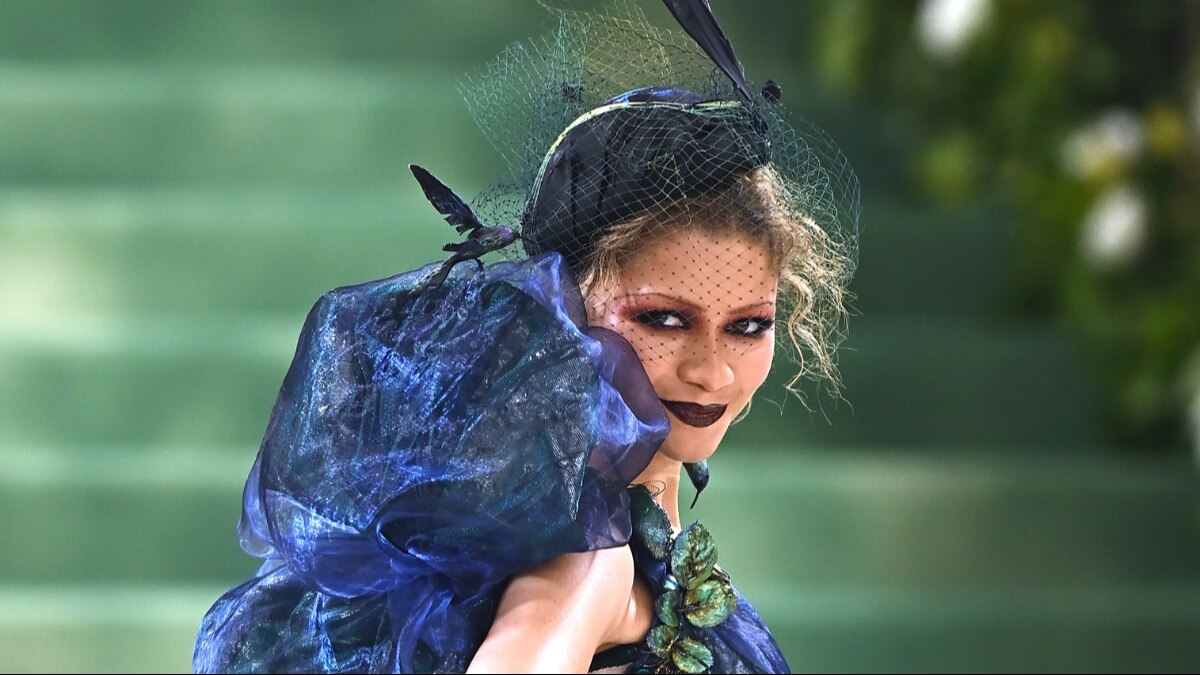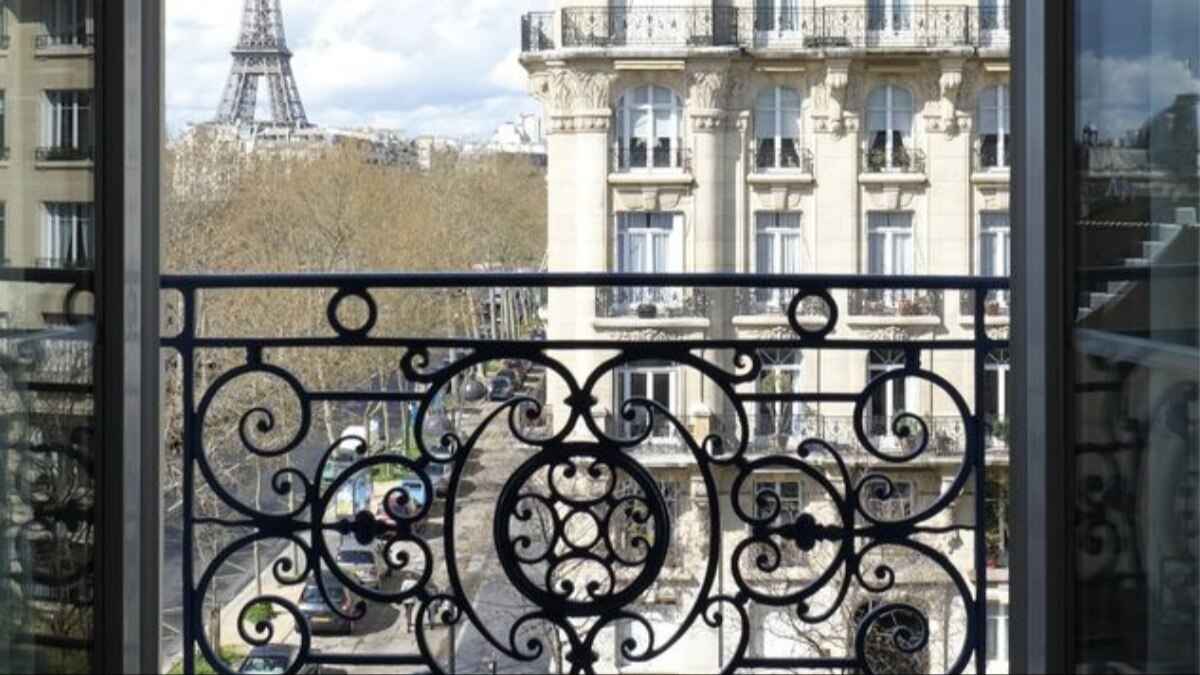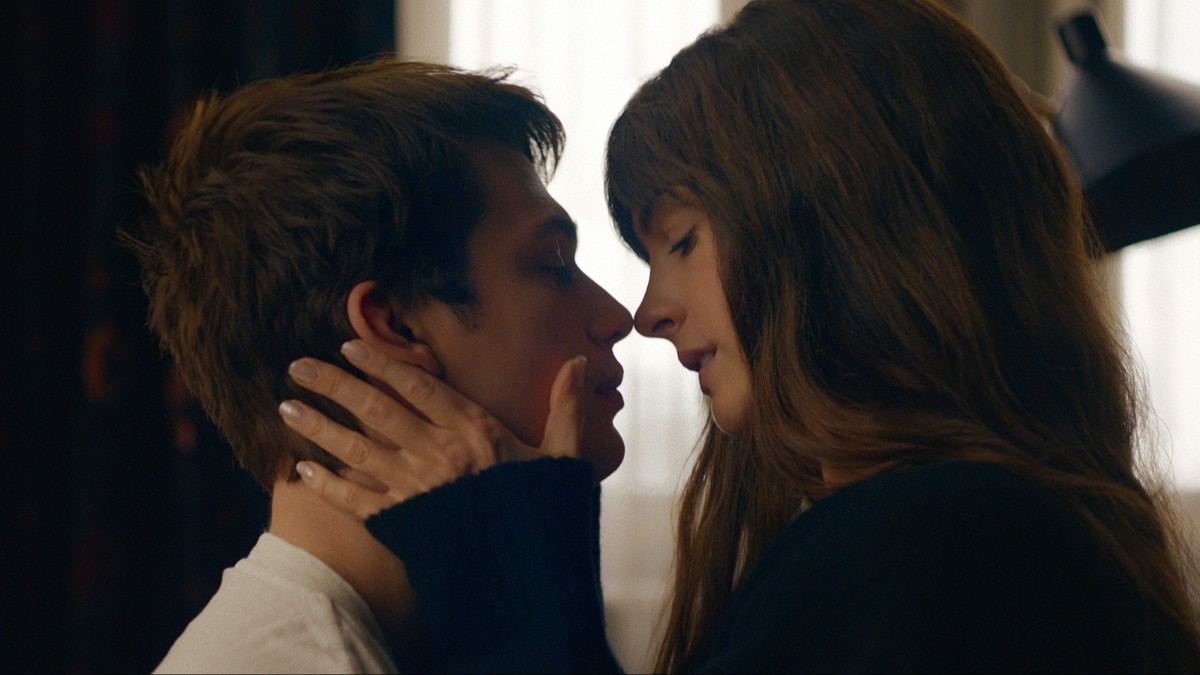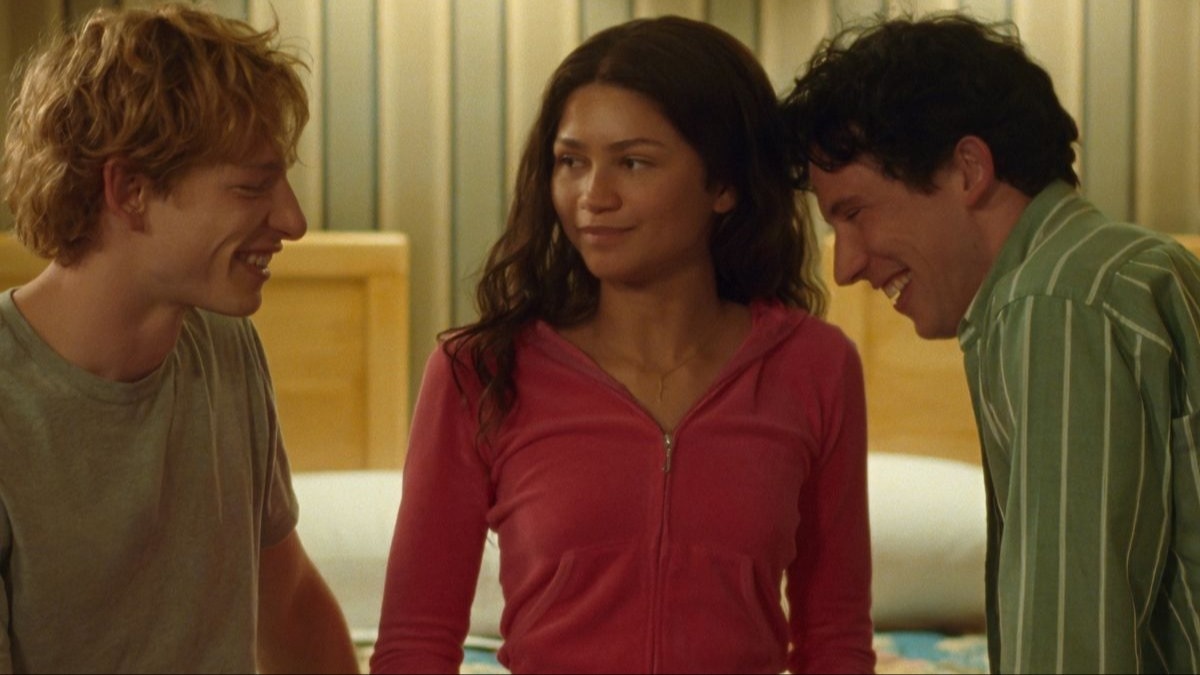

A peek into Bhanu Athaiya's iconic creations that shaped the look of Hindi cinema
From ‘Lagaan’ to ‘Gandhi’, the artist has created historic moments on-screen.

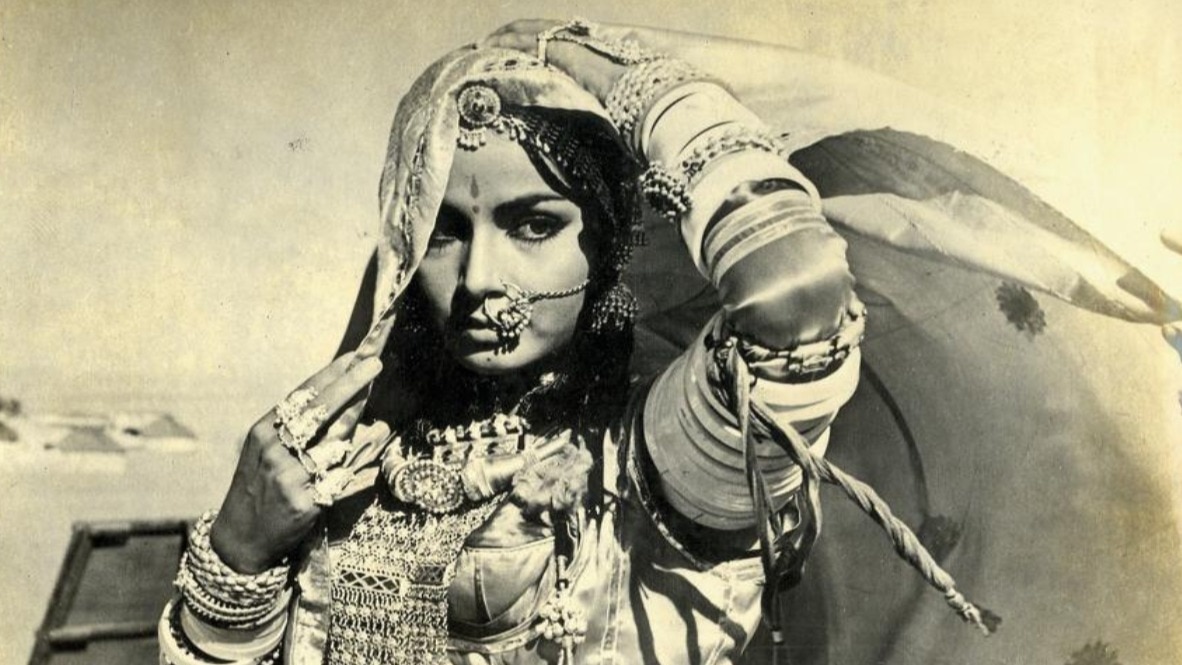
Think of yesteryear actor Mumtaz, and immediately the wrapped around orange sari in the song ‘Aaj kal tere mere pyaar ke charche’ from the film Brahmachari (1968) comes to mind. Look at the film Chandni (1989) and it is Sridevi in her sleeveless blouses and chiffon saris that epitomises it. Lagaan (2001) wouldn’t be half the film without the costumes of the cast that transported us back to the British Raj. And of course, who can forget Gandhi (1982), a film where a single scene required 300,000 people to be dressed in outfits that depicted different parts of the country. Bhanu Athaiya left her mark on all these and a lot more in a career that spanned seven decades. The country’s first formal costume designer, Bhanu worked with directors as varied as Guru Dutt, Raj Kapoor, and Ashutosh Gowariker. Having designed costumes for over 100 films, Bhanu created a space for technicians, especially women, to be recognised making it easier for those who followed in her footsteps such as current day leading costume designer, Veera Kapur who won a National Award for Sardar Udham (2021) or Poornamrita Singh who designed the costumes for The Archies (2023). “It was a very male-dominated business with very few women so it was wonderful to have someone like Bhanu who was so calm and serene. She could easily bridge the gap between what the producer wanted and what the artist was comfortable with,” says actor Zeenat Aman who worked with Bhanu in 15 films over 16 years, starting in 1973.

Known for her costumes in films like Satyam Shivam Sundaram (1978) where her character Rupa was a village girl but transformed into an apsara in the dream sequences, Zeenat says Bhanu ensured she never felt uncomfortable. “Costumes play such a great role in what you project on screen. It is an audio-visual medium. You have to perform as an actor and the visual always involves a costume. For Satyam Shivam Sundaram, Bhanu was given the photographs of tribal women for reference. And we proceeded to shoot one reel with the costumes she designed. When the distributors saw that reel, the movie was sold immediately,” says Zeenat laughingly. “My concern was that I should be comfortable and nothing should look crass. I am happy to confirm that anything made by her never looked crass,” she adds. To ensure that Zeenat’s fittings were perfect, Bhanu had a mannequin with Zeenat’s measurements in her studio, reveals Bhanu’s daughter Radhika Gupta. Zeenat says Bhanu would discuss the scene or the song one-on-one with her. “And, of course, the character’s background, and the mood that we were trying to project, and on the basis of that, she would design the outfit for me,” says Zeenat.

Bhanu had a great working relationship with all her leading female stars—be it Zeenat, Rekha, or Vyjayanthimala. She won particular praise for her designs for Vyjayanthimala in Amrapali (1966) and Waheeda Rehman, one of her favourite female actors, in Guide (1965). For the song ‘Aaj phir jeene ki tamanna hai’, Bhanu gave Waheeda a pre-stitched sari that could be zipped up. “Bhanu was truly a pioneer. A lot of what she created are fashion trends now. Whether it is Mumtaz’s orange sari in Brahmachari which is the inspiration for sari gowns, Waheeda’s pre-stitched sari in Guide or the first stretchable churidar for Rekha,” says Radhika. Bhanu won an Oscar for her work in Richard Attenborough’s Gandhi, making her the first Indian to win an Academy Award. However, not everyone in Hollywood was thrilled. “For what? Wrinkled sheets, burlap sacks, and loincloths?” film critic and author Rex Reed had asked then in one of his articles. Afterall, Gandhi was anything but a fashion show. But it was Bhanu’s eye for detail that came across in the film and was recognised by the Academy. In the funeral scene, for instance, Bhanu had to dress 300,000 people. They were mostly wearing dhotis and turbans but since they represented people from different parts of the country, the dhotis and turbans were varied not only in the way they looked but also in the way they were tied. “She tied dhotis and turbans for most of them herself. Every two hours she would get 1,500 people ready,” says Radhika.

The Oscar was not Bhanu’s only major recognition. She won the National Award for Costume Design twice, for Lekin (1990) and for Lagaan more than a decade later, and the Filmfare Lifetime Achievement Award in 2009. “In Lekin, she had to make the costumes look extremely old since the lead character is effectively a spirit. The colours used were very muted and warm. None of the flamboyant reds and yellows. In a lot of shots, Dimple Kapadia, the lead actor for the film, just fades away,” explains Radhika. Post Bhanu’s death in 2020, Radhika opened the doors of her warehouse in Colaba, Mumbai where Bhanu had preserved objects from over seven decades. They included not just sketchbooks and costumes but utensils from her family home in Kolhapur, illustrations from her stint at Eve’s Weekly magazine, the Usha Deshmukh gold medal she won as a student of the Sir JJ School of Art, and oil and watercolour paintings. Many of these treasures were on display at Bharat Through the Lens of Bhanu Athaiya, an exhibition that ran in Goa from December 6 to 17. Organised by art auction house Prinseps, which acquired Bhanu’s estate, it offered an insight into her life. “There is so much more to her that one exhibition cannot do justice,” says exhibition curator Princess Brijeshwari Kumari Gohil of Bhavnagar.“So that’s why we’re having multiple shows (one was held in Delhi earlier). The Prinseps team has been documenting for over two-and-a-half years. What we have tried to do with this exhibition is to look at India through her eyes. And the reason for that is there is a lot of talk of India being a market for luxury goods, a sort of influential place where fashion is concerned. And I think Bhanu already started that trend and made India cool in terms of fashion much before anyone else did.” Those who had the pleasure of being dressed up by Bhanu couldn’t agree more. “Her silhouettes were magnificent. I don't think I have ever looked better than I have in her clothes,” says Zeenat adding, “What we have now are stylists. Bhanu was a true blue designer.”



Veera Kapur, who has worked in films such as Piku, Pink, Hindi Medium, October, Bulbbul, Gulabo Sitabo, Jhund, and Darlings among others, says that she was highly inspired by Bhanu.“She worked at a time when finding reference material wasn’t easy. There was no internet. And she came up with such amazing designs. There is a costume where she has dressed Nargis as literally the scales of a fish. It is the most unique thing and I can’t believe she did it at that time,” says Veera. Having worked with some of the best in the industry—from Alia Bhatt and Deepika Padukone to Amitabh Bachchan—Veera says that modern-day actors are extremely professional and as long as the look matches the character they are open to suggestions. For Amitabh, she says, the fit is the most important. “He is a very trusting actor. As long as the fit is right and he is comfortable in it, he won’t give any creative input.” She narrates an instance of how Amitabh was dressed in a sweater and shawl for a shoot in the sweltering heat of Mumbai and would sit like that even in between shots so as to not spoil the look. Period dramas, says Veera, are challenging as they need a lot of research and often there isn’t enough photographic evidence. For Sardar Udham, there were few pictures of him and they replicated the look. A sweater was specially made in Ludhiana to match the one he is wearing in a photograph, similarly, there was a floral printed tie.“What we do is we reference the time period and we try to incorporate that in a person’s life,” she explains.


Poornamrita Singh, who is basking in the success of The Archies, which is being talked about as much for the ’60s look and feel of the film as it is for its direction and script, says that she researched a lot of early ’60s fashion in India and abroad. “Zoya told me categorically that she didn’t want the film to look like a poor comic book. She wanted it to look like a storybook,” says Poornamrita adding that it was very important for today’s youth to connect with it. “People today should be able to wear stuff like that. It shouldn’t be like, ‘Oh, this was once upon a time’.” Besides sourcing from vintage stores in London and thrift stores in India, Poornamrita also got a lot of stuff customised and printed.“We had a very specific colour palette and to access those kinds of prints today is very tough, so I got a lot of it printed.”

Poornamrita says that costumes help with the narration and build the characters.“It’s important for me to know how they will play a certain character, if they need pockets in the pants or if they need a sling bag, or a tote bag, how will the character behave. Costumes are there to take the story forward,” she says. From Bhanu’s first film, C.I.D. (1956) to The Archies, costumes and costume designing have come a long way, but what has remained constant is the audience’s sticky quotient for some looks that goes on to create fashion history—be it Brahmachari’s Roopa or Veronica in The Archies.
This article originally appeared in the Harper's Bazaar India January-February 2024 print issue
Also read: Seven contemporary South Asian artists to look out for in 2024.
Also read: Noelle Kadar talks about her love for all things art and her love for Jaipur
